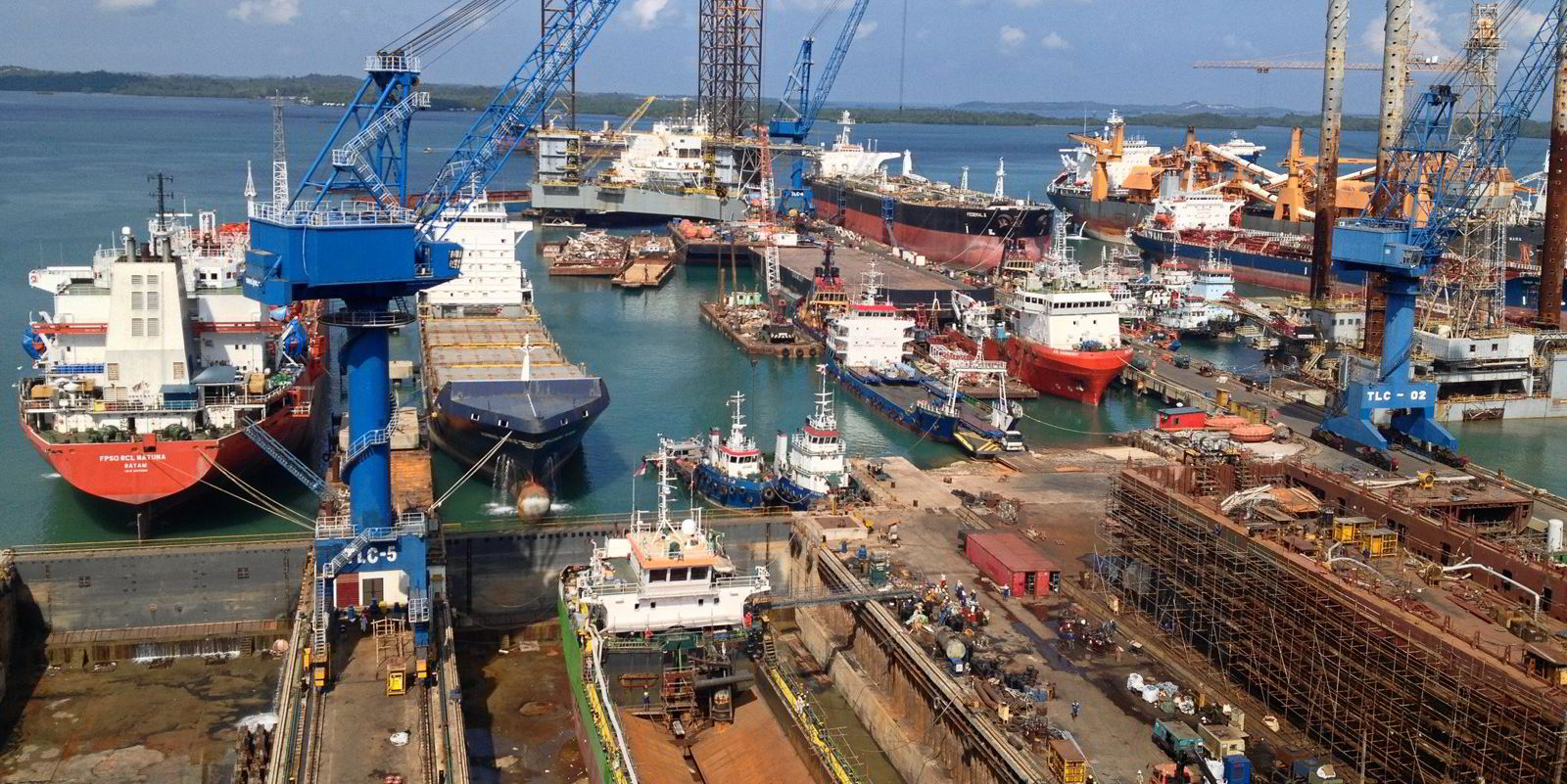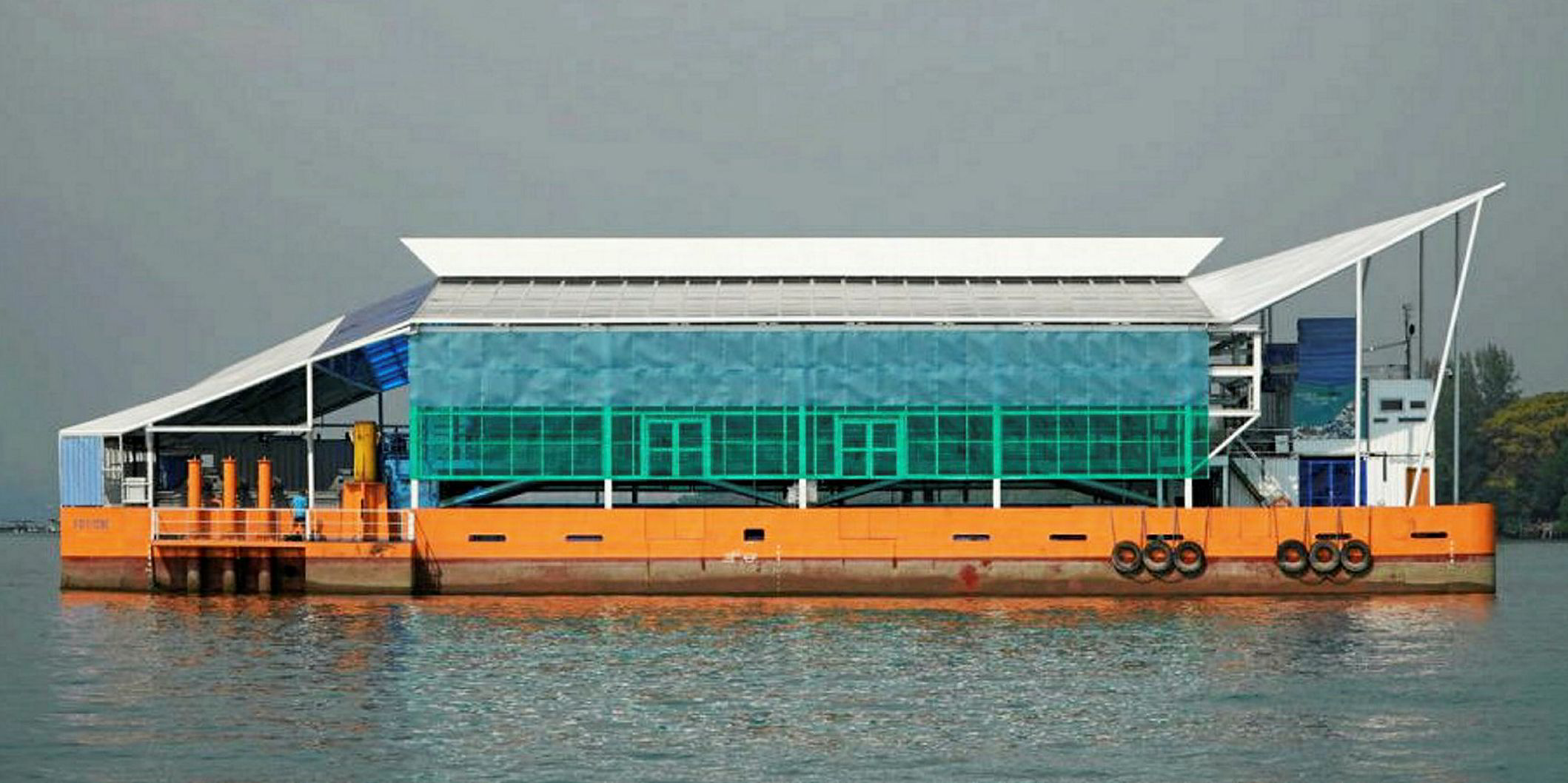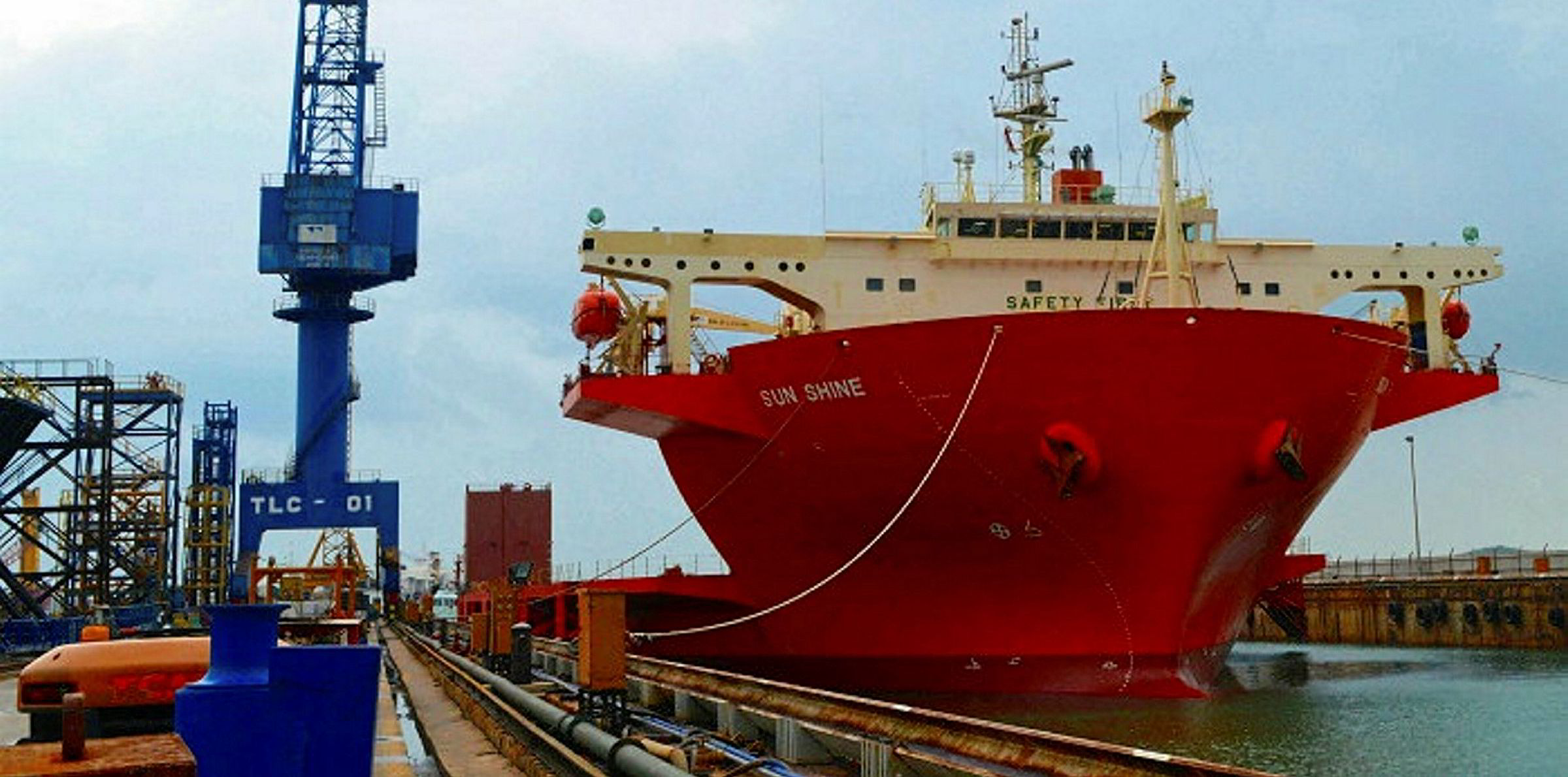ASL Marine has told the Singapore Exchange (SGX) that it is capable of meeting all its significant payment obligations.
The offshore shipbuilder and vessel owner was responding on Friday to a query from SGX. The exchange had expressed concern about how the company, given its liabilities of SGD 521m ($391m) and cash and bank balance of only SGD 21m, would be able to meet its short-term liabilities.
SGX said ASL’s losses of SGD 25.6m during the first half of its 2021 financial year heightened these concerns.
In response, ASL chairman, managing director and chief executive Ang Kok Tian set out a detailed explanation of how the offshore marine engineering and shipbuilding sector functions.
“The nature of the Group’s shipyards and chartering business is one which is capital intensive with a higher proportion of assets in fixed assets. The property, plant and equipment and right-of-use assets with an aggregate value of SGD 425.6m as of 31 December 2020, represented 97.8% of the total non-current assets,” he said.
Five shipyards
“[The] bulk of these assets were financed through bank loans and leases which stood at SGD 341.5m as of 31 December 2020, which represented 64.8% of its total liabilities.”
Ang noted that his company has been fulfilling its debt repayment obligations, with most of its bank loans only maturing in 2025 and beyond.
He described ASL as a “fully integrated marine services provider involved in the business of shipyard operations and shipchartering, with its own fleet of vessels and shipbuilding, shiprepair and conversion and other marine capabilities”.
ASL operates five shipbuilding and repair yards in Singapore, Batam in Indonesia and China specialising in building niche vessels ranging from offshore support vessels to dredgers, tugs, barges and small tankers.
Its fleet comprises a mix of barges, tugs, anchor handlers and OSVs, landing craft, crane, accommodation and cargo barges, and other utility boats that are chartered to customers from a diverse range of industries.
“The Group builds vessels to order from external customers and for its shipchartering operations. The vessels the Group builds for its shipchartering operations may also be sold should the demand opportunity arise. Thus, the Group is able to capitalise on market situations,” Ang explained.
Paper losses
“[The] shipbuilding segment has been cyclical in nature, the shiprepair and shipchartering segments although affected, continued to contribute positively to both the Group’s results and cash flows ... during this challenging period.”
Ang then addressed the SGX’s concerns directly.
ASL’s recent losses, he explained, stemmed from one-off and non-cash-flow items such as losses on foreign exchange, depreciation and amortisation, impairment losses on financial assets and finance costs.
The company recorded Ebitda of SGD 17.6m in the first half, after adjusting for non-cash-flow items.
“For the past three years, the consolidated net cash flows generated from operating activities have been consistently positive, and the group has been meeting all its short-term obligations,” he said.
“The availability of the working capital banking facilities secured since August 2019 provides flexibility for the Group to obtain short term trade financing when needed.”
Principal lenders granted ASL revolving project financing and trade lines of SGD 114m in August 2019, of which only 35% was utilised by the end of last year.
Supportive shareholders
Ang added that ASL would be able to fulfil its significant payment obligations in the next 12 months based on “an outstanding shipbuilding order book from external customers of approximately SGD 23m as well as an outstanding shipchartering order book of approximately SGD 64m with respect to long-term contracts ... as at 31 December 2020”.
Disposal of idle assets including an accommodation rig are expected to result in net proceeds of about €4.7m ($5.7m) in the third quarter.
Ang provided details of a host of cost controls and cash flow enhancement measures ASL has implemented, and said it benefited from strong support from its controlling shareholders, which have on several occasions injected funding.
“The operating cash flow of the group has been consistently positive and the group has been meeting all its significant payment obligations,” he concluded.
“Based on the foregoing, barring any unforeseen circumstances, the board is of the view that the group is on track to fulfil its payment obligations in the next twelve months.”








